- Published on
Reptile Substrates - The Good, The Bad And The Unsafe
When getting a reptile, whether it be lizard, snake or tortoise, choosing the correct substrate can often be difficult. Different websites and shop assistants often give out varying advice which can sometimes even be unsafe for your reptile. I decided to go through each of the types of substrates in turn and give the advantages and disadvantages of each, whilst also listing the types of reptiles that each could be suitable for. Certain substrates might be safe but impractical in terms of cleaning or other reasons, so in which case I will explain why. The aim of this article will hopefully help you choose a substrate that is suitable for your reptile, safe and easy to maintain. I shall list them in no particular order.
ASPEN (safe)
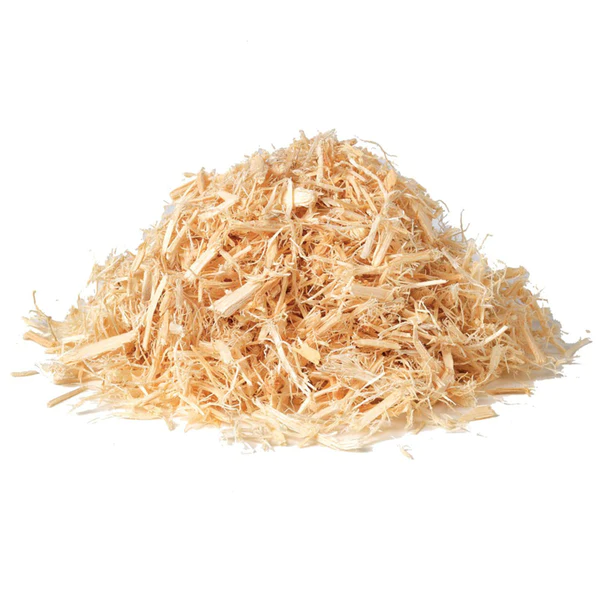
Aspen is 100% natural, biodegradable, soft shredded wood fibre. It is a great choice for reptiles who need dry/arid enclosures with low humidity. It packs down nicely so it can be walked on without exposing the bottom of the viv and it smells pleasant. If a reptile were to accidentally ingest aspen, it passes through easily and does not cause impaction.* It is also a great choice for reptiles that like to burrow as it retains its shape to a certain extent. It is easy to clean, as when soiled it clumps together easily for quick removal.
Aspen is not as useful in enclosures with high humidity or for reptiles that have large water baths as if it gets wet it tends to go mouldy.
Aspen is a great choice for: cornsnakes, ratsnskes, bearded dragons, leopard geckos, Uromastyx, tortoises such as hermanns, horsfields & Greek spurthighs and other dry loving, desert reptiles.
HEMP/AUBOISE (horse bedding) (safe)
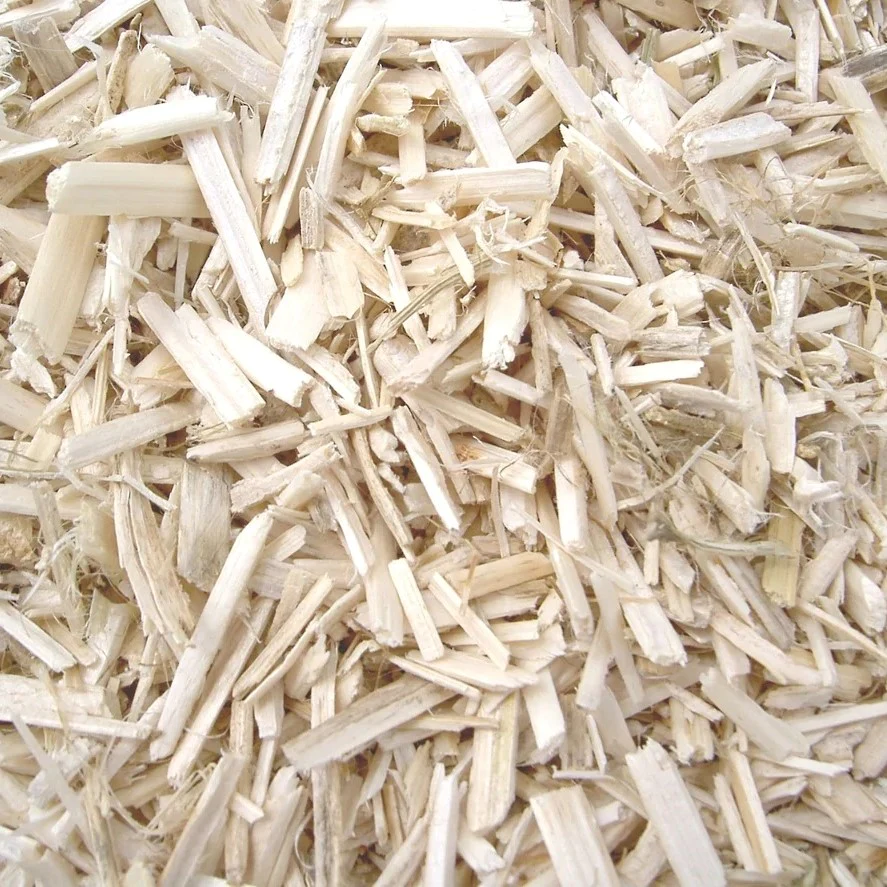
Hemp bedding is similar to aspen in the reptiles that it is suited for, namely dry/arid enclosures. It is much cheaper than aspen, as it is used for horses (under the name 'auboise', it is possible to buy it in bulk at very cheap prices. It is 100% natural and biodegradable.
It also clumps together well but is very loose. With bearded dragons and tortoises which tend to march up and down the length of their enclosures, the hemp can often end up pushed away from the floor of the viv, clearing a space which inevitably then gets soiled by the beardie or tortoise toileting onto the base of their enclosure, making it annoying to clean. It is great for snakes tho such as cornsnakes and others preferring similar dry environments. It is also safe if ingested and passes through without causing impaction.
One way to benefit from both the advantages of aspen and the inexpensive price of the hemp bedding is to mix the two together. You'll save money, gain a more 'firm' floor whilst protecting the base of the enclosure from being soiled.
MEGAZORB (safe)
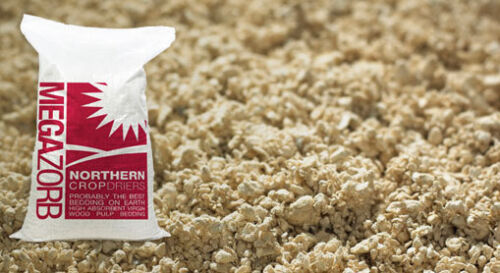
Megazorb is a highly absorbent by product of the paper making industry, it is made from biodegradable wood pulp fibre and it has been dust extracted.
It is very absorbent and clumps together well, it smells pleasant and it also completely safe if accidentally ingested. It is also extremely cheap - around £10 for a massive sack and it is suitable for a wide range of animals besides reptiles including hamsters, gerbils, Guinea pigs and other small furries!
I would recommend it for snakes such as cornsnakes & leopard geckos and although it isn't unsafe, I wouldn't use it for tortoises, bearded dragons or reptiles that prefer more humidity, mainly because there are other substrates which are better suited.
ORCHID/RAINFOREST BARK (safe)
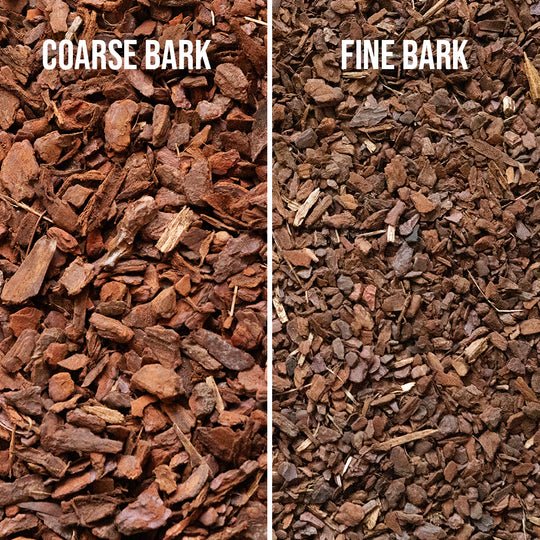
Orchid or rainforest bark are 100% natural, chunks of moist wood bark that are available in sizes ranging from small to large chunks. It is important to get the type specifically for use with reptiles as there is a similar bark used in outdoor gardening which might not be free from chemicals and often contains irregular sizes and sharp pieces and would not be guaranteed safe.
Orchid bark is great for humid loving reptiles than are unlikely to accidentally swallow the pieces.
It holds humidity and is great for reptiles that come from jungle environments - snakes such as Royal pythons, rainbow boas and lizards such as water dragons & basilisks. I also keep my red foot tortoises on large rainforest bark in their sleeping area because they are massive and unlikely to eat the chunks.
The drawbacks for rainforest bark is that it is quite dirty, when wet it can get quite muddy underneath as the dust absorbs water. You often get tiny wood flies/bugs that seem to hatch out of the bark which are harmless but annoying. You can prevent this by microwaving all the bedding first before adding it to the enclosure.
BEECH CHIPS (bad)
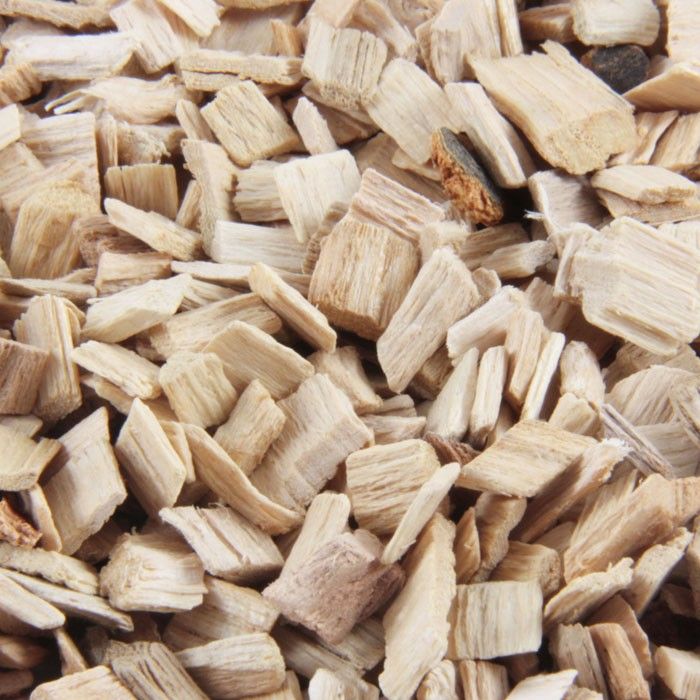
Beech chips are little blocks ('chips') of beech wood, they are biodegradable. They come in two sizes, small or large. Beech chips are not absorbent. They are not suitable for moist environments as they tend to go mouldy when wet. They don't clump together and any liquid tends to seep through to the bottom of the enclosure. They are not suitable for tortoises or bearded dragons as they are at risk of swallowing the bits of wood which could lead to impaction.
The only reptile I would recommend using beech chips with are some snakes, such as cornsnakes. However, I personally consider that even then there are other substrates that would be preferable.
CALCISAND (unsafe)
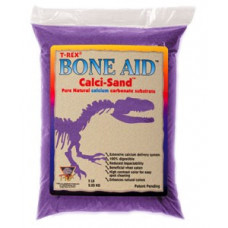
Calcisand is NOT SAFE. It is sand enriched with calcium and it comes in a variety of colours. Several years ago it was (wrongly) believed that it was a great way to help lizards obtain calcium in their diet. However, it is now known that it is unsafe for two main reasons. The first is the risk of impaction. As with normal sand, over time tiny grains of sand can be ingested and stick together in the gut and eventually can cause impaction, which leads to a slow and painful death by starvation due to blocking the intestines. This can take several years but by the time it is discovered it is often too late.
The second, more common reason is that when the tiny particles of (alkaline) calcium are ingested along with food, they neutralise the stomachs acidity meaning that food in the stomach is not digested properly.
Also some of the coloured sand stains the underbelly scales of the reptile. All in all, please avoid using calcisand in your reptiles cages!
SAND INC SILICA SAND (unsafe)
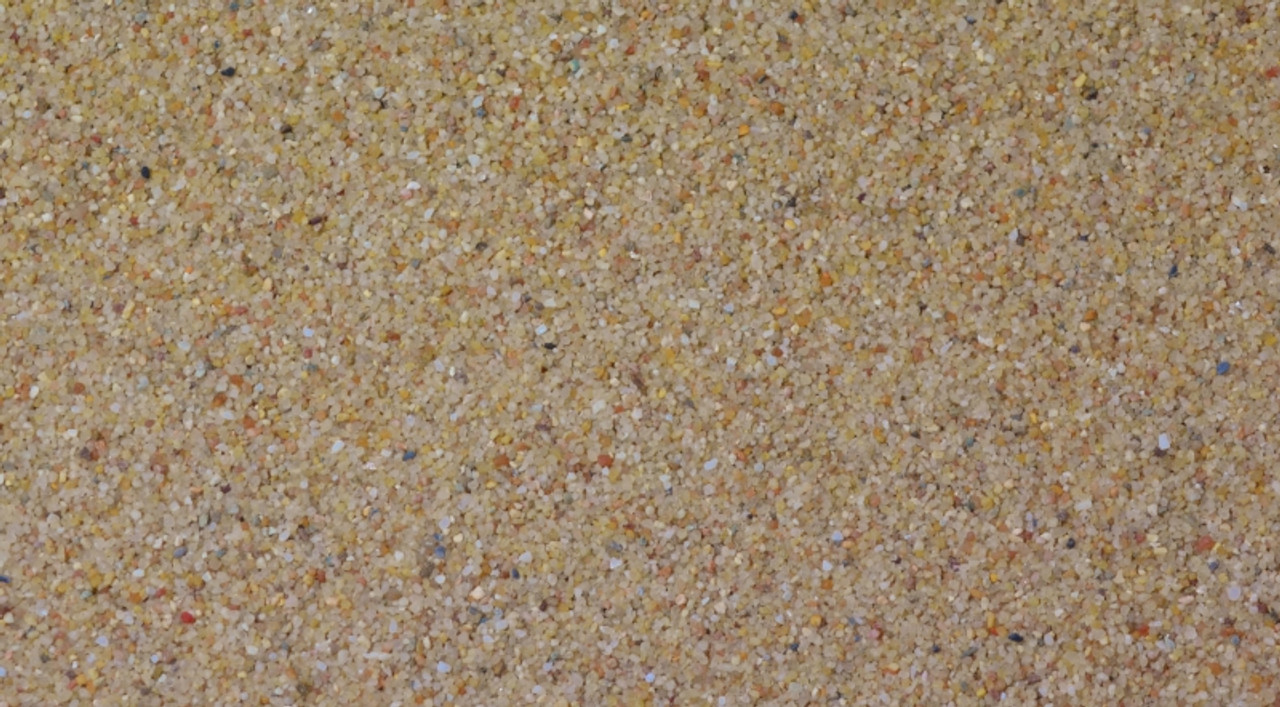
Although not as dangerous as calcisand, normal sand, especially silica sand still carries the very real risk of impaction. This danger lies in the fact that it can take several years for any negative effect to be noticed. It can also get in the runners of the glass and is quite messy. When a reptile goes to the toilet on the sand, the moisture seeps down into the sand, so even if you remove the main 'lumps' the smell tends to linger and it quickly smells & becomes unclean, meaning much more frequent cleaning.
I had a customer once who I advised to remove the sand from her bearded dragons enclosure - she was very adamant that it was fine and she wouldn't listen to me. Two years later she returned with her bearded dragon who was listless and weak and not eating, it had a blockage caused by impaction of the sand. She was in tears saying how she wished she had listened to me before and removed the sand from the viv, now it was too late and not long after, her lizard sadly died.
Some people claim that sand is natural to a bearded dragons environment because they 'live in the desert'. However, despite wild bearded dragons being in the desert, they do not actually live on the sand - they climb onto rocks and boulders, which is where they feed and bask (height is all important in a bearded dragons world).
It is sometimes recommended to mix sand with soil for some tortoises, although this is more natural and probably safer, most of the species of tortoises that this is in relation to are species from arid environments.
Adding the soil makes the substrate either too moist (which can lead to respiratory infections if too humid) or too dusty if allowed to dry out, (which can get into the eyes and cause irritation) so if this is done, it is important to get the mixture correct as well as monitor humidity levels closely.
TORTOISE LIFE (use with caution)

Tortoise life is a mixture of sand and soil meant for use as a natural substrate for tortoises. It is not unsafe, however there are a couple of factors to consider. Firstly, small (baby) tortoises like to bury down in the substrate. If this is dry, the. It becomes dusty and often gets in their eyes (I've seen many a baby tortoise walking round shop enclosures with their eyes shut due to dust), if kept moist, then it becomes humid and most commonly kept species of tortoise (Greek spurthighs, Hermanns & horsfields) require a more arid environment and small juveniles low to the ground may be at risk of respiratory infection, which can be fatal.
ZOO MED FOREST FLOOR (safe)
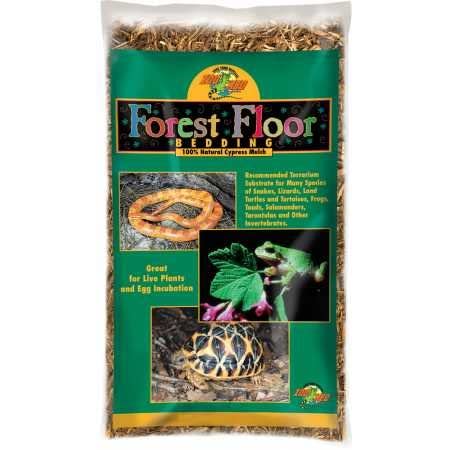
Zoo Med's forest floor substrate is a 100% natural cypress mulch. I personally love this substrate as it is so versatile. It retains moisture so it's great for rainforest species of all types of reptiles as well as amphibians. It can be mixed with coco fibre 'peat' for an extra moist environment and it can also be used when dry, as a substrate similar to aspen, although when dry it can be dusty. It is also safe if accidentally ingested. It smells pleasant and it is easy to add springtails or tropical woodlice as a clean up crew to live in the substrate and eat any waste, particularly in planted set ups.
I use this mixed with coco humus for my Argentinian rainbow boa, on its own for my spiny-tailed iguana as well as for one of my royal pythons and have in the past used it with water dragons and mountain-horned dragons.
BIOSUBSTRATE, COCO HUMUS, 'SOIL' etc (safe, but laborious)
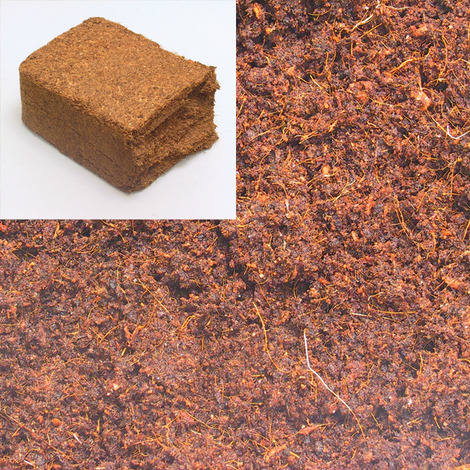
I've grouped these together as they are pretty much the same. Often used in 'bio active' set ups with live plants, these are natural and biodegradable. As mentioned previously, coco humus can be mixed with other substrates such as rainforest/orchid bark or forest floor to add humidity. When used on its own without live plants it can get quite compacted so it's good idea to loosen up the top layer to prevent mould or anaerobic bacteria from making it stale. Many people that use these substrates add a layer of carbon balls underneath for filtration and drainage and use live plants that make really awesome and natural looking enclosures. You can add tropical woodlice or springtails for a clean up crew and have a truly bioactive environment. I have done this with one of my chameleon enclosures and he loves it!
These substrates are very dusty when dry so are really only suited to moist, humid loving species. Amphibians such as 'pac-man' frogs, created geckos and other small tree-dwelling geckos thrive in such an environment.
CAGE CARPET (safe, mainly practical for leopard geckos and chameleons)
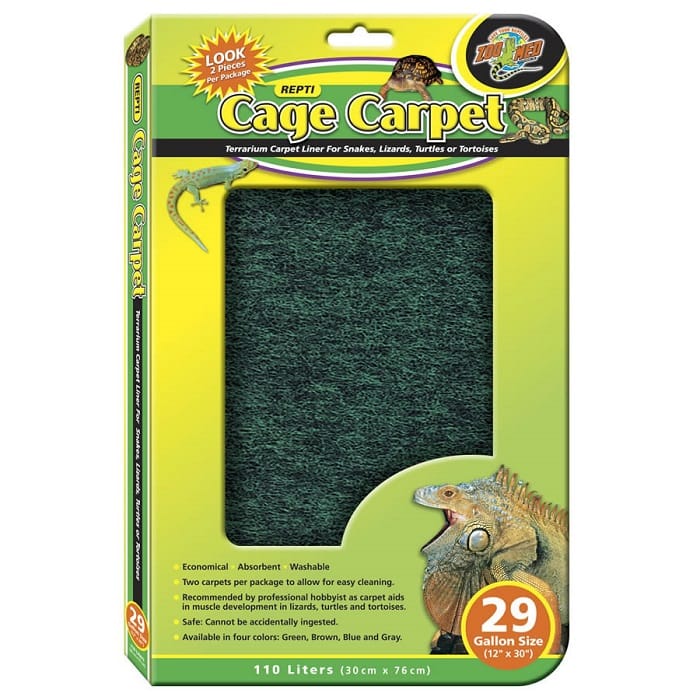
Now, cage carpet clearly isn't a very natural-looking substrate. However, it is perfect for leopard geckos as they tend to toilet in one area and so it is easy to clean (it can even be vacuumed!) it allows lizards to easily spot their insect prey without them hiding (particularly useful for cockroaches, which tend to be surprisingly cunning!) I've also used it with baby chameleons for the same reason.
Adult chameleons are often kept in enclosures with 'bare' bases to prevent them accidentally chomping on substrate, to enable them to spot their prey and for ease of cleaning, for all of these reasons, cage carpet is a great alternative to a bare base. There is no subject to be ingested so obviously no chance of impaction. If you buy enough to cover two sets of floor covering you can wash one in the washing machine whilst the other is in the cage.
It could be used with bearded dragons, however as they tend to do quite runny poos, it can get a bit messy when they inevitably walk through it and get it all over them! Another disadvantage is that if you have a very large enclosure or one with lots of décor, you'll have to remove all of this each time you want to replace the carpet, with reptiles that aren't as neat as leopard gecko when going to the toilet! Same with tortoises really, nothing wrong with using it, but they might make it wet when they release water after cleansing their bowels and so it'll probably start smelling.
NEWSPAPER/KITCHEN ROLL (safe but impractical as a long term solution)
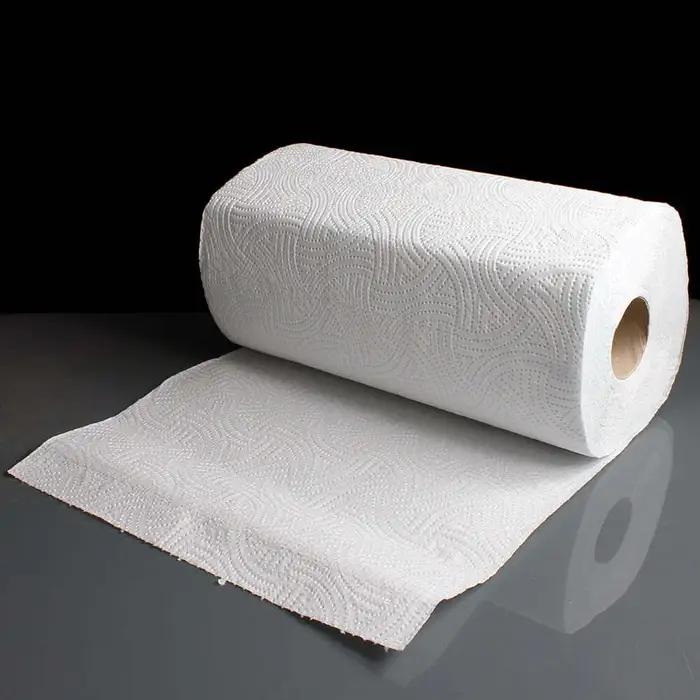
Newspaper and kitchen roll are very useful in specific circumstances, for example when getting rid of mites (see my previous blog post) or when a reptile is injured and needs to keep the wound clean. It is cheap to use and easy to obtain. It can be recycled or composted once used and is unlikely to be eaten. However, as a long term solution it is not very practical. Once soiled or wet it becomes messy, to replace it, you have to remove everything from the enclosure and this is likely to be an almost daily task.
GRAVEL (bad)
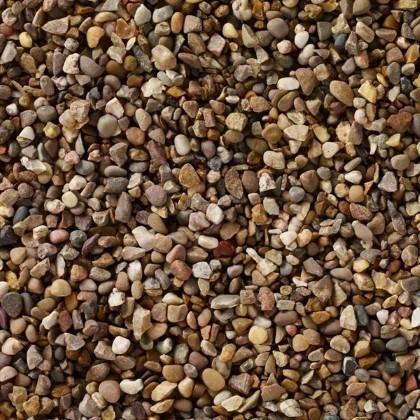
I'm only including this as I was surprised to come across a couple of instances where people had thought this would make a great substrate for a bearded dragon or a tortoise. It does not! The beardie or tortoise could both ingest a piece of gravel (particularly at risk are tortoises when searching for additional calcium they tend to eat any rocks or stones they can find in a desperate hope of adding minerals to their diet).
Both poo and water will leak through the gaps between the gravel pieces which then just ends up on the floor of the enclosure. They are hard to clean out and too heavy and hard for any reptile to bury down in for comfort.
SLATE (not very practical)

To be clear, slate in an enclosure isn't bad. I've seen some great bearded dragon vivariums with large blocks of slate for the lizards to climb and bask on that look very natural. The problem comes when the floor of the enclosure is covered in slate. Slate can't be ingested so it is safe, but with bearded dragons who tend to do quite runny poos, it gets hard to clean as you would have to remove the slate each time you wanted to clean it properly, so it's not very practical. Slate chippings are a terrible choice as a substrate, mainly for the same reason as gravel. Hard to clean, easy for germs to get stuck in-between the gaps.
FAKE GRASS/ASTROTURF (bad)
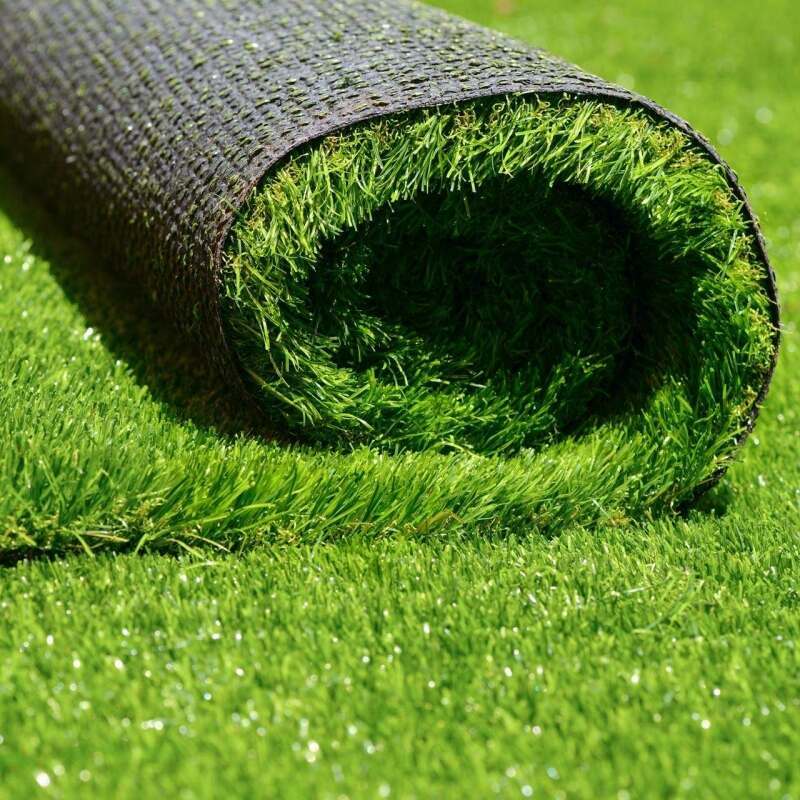
Fake or plastic grass unfortunately is unpractical. Aside from the fact that tortoises and some lizards such as beardies will likely try and eat it, it is difficult to clean without removing the entire sheet and it is a breeding ground for germs, bacteria and therefore likely to get smelly very quickly.
A WORD ABOUT IMPACTION
Many people wrongly assume certain substrates (such as aspen) 'cause' impaction. However, this is incorrect and it is often due to the reptile deliberately ingesting the substrate in order to make up for a vitamin deficiency caused by the owners.
